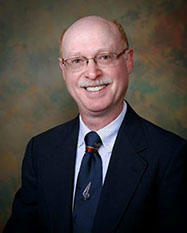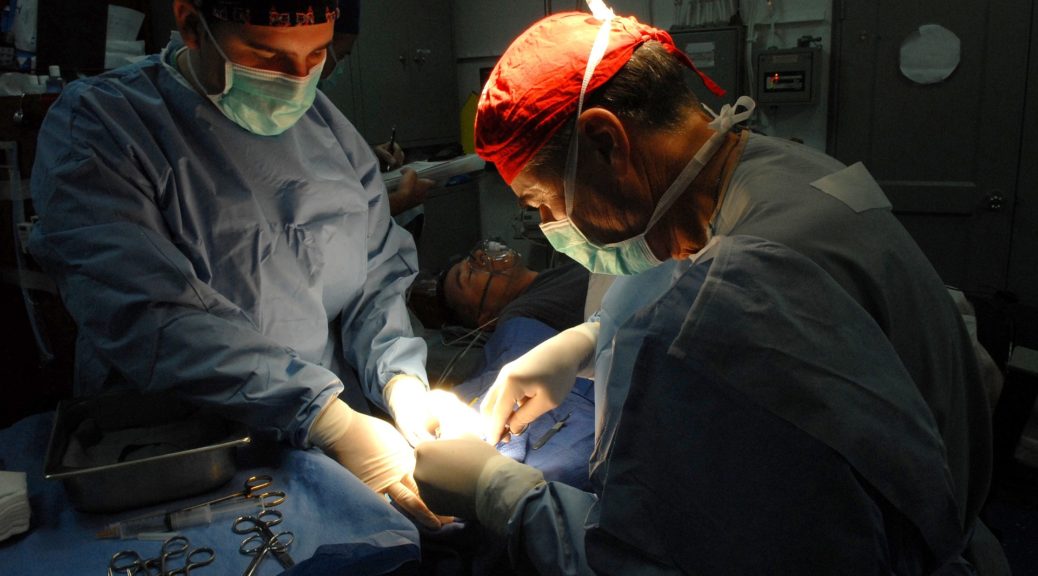After medical school, the new graduates are required to do further training in residency programs which can last from 3 to 8 years. This training takes place in hospitals around the country and is overseen by the Accreditation Counsel on Graduate Medical Education (ACGME). During this training, the residents spend long hours in the hospitals and clinics where they learn from attending physicians. This added training is essential as the four years of medical school is just not enough to learn all the material and skill sets necessary to safely and independently take care of the multitude of problems that these physicians will face from the patient population.
Unlike medical school where the student is paying a tuition for the education, the resident physicians are paid a salary. They are providing valuable work for the hospitals and clinics as they are taking care of patients and providing coverage day and night, weekends and holidays. This salary is about $50,000 per year. In comparison, a physician assistant salary is about $86,000 per year. Surprisingly, most of a resident’s salary is funded by the United States government. This funding emanated from Congressional hearings which occurred during the formation of Medicare in 1965.
“Educational activities enhance the quality of care in an institution, and it is intended, until the community undertakes to bear such education costs in some other way, that a part of the net cost of such activities (including stipends of trainees, as well as compensation of teachers and other costs) should be borne to an appropriate extent by the hospital insurance program.” (House Report, Number 213, 89th Congress, 1st session 32 (1965) and Senate Report, Number 404, Pt. 1 89th Congress 1 Session 36 (1965))
Under President Lyndon Johnson, the Social Security Act of 1965, established Medicare. A part of Medicare was funding for the residency positions throughout the country. Since there are about 100,000 residents in training, the salary for these residents is about $5 billion. There are other costs associated with educating residents such as malpractice coverage, attending salaries attached to the teaching component of the practice, and the added costs of the clinical tests ordered by the residents who have a tendency to order more than a more senior physician may be inclined to do. Other costs include a Graduate Medical Education office to administer the training programs, accreditation fees, and educational space. Medicare also pays for a portion of these added costs so that, today, about $10 billion is distributed to the various teaching hospitals in the country to cover the costs of this graduate medical education.
Medicare payments for these Direct Graduate Medical Education (DGME) costs go directly to the hospitals that train the residents. Payments to the residents come from the hospitals. In many states, Medicaid also provides some funding for Graduate Medical Education. Veterans Administration Hospitals also provide funding for residents in their hospitals.
Teaching hospitals also receive an Indirect Medical Education (IME) payment from Medicare for the increased medical costs associated with treating more complex patients. This payment is directed for maintaining a standby capacity for such things as burn units and trauma centers; these payments are not for resident training costs.
The United States funding of graduate medical education serves a strong public interest. A knowledgeable, trained, experienced, and skilled physician work force is essential to provide the health care needed for our society.
Prior to the establishment of Medicare, residents would work for the hospital but they were paid very little. They would generally live in the hospital, thus the term “resident.” They would rarely get time off but they would usually be fed and have their uniforms and malpractice insurance premiums paid for by the hospital. The elite residency programs like Johns Hopkins, Massachusetts General, the University of Chicago, and Mayo were highly sought after and, as a result, the salary could be kept low. In a way, the prestige of the training institution led to a de facto tuition payment, in the form of work provided, by those seeking to do the residency.
It may seem like the costs for resident education are high, but the return on investment is significant. With the present duty hour restrictions which limits the resident to just 80 hours in the hospital per week, doing the math reveals that the resident is being paid about $12 per hour. Since residents actually do a significant amount of the patient care in the hospitals and clinics, those facilities with residents can actually take care of many more patients and they are better able to manage patients with highly complex (and expensive) disease processes.
In 1997, Congress put a 100,000 cap on the number of residents it was willing to fund. This cap has been one of the reasons that the United States is facing a physician shortage. Existing medical schools have increased their capacity and new medical schools have been started to help address the projected shortage, but the cap on residency slots may prevent some of these new medical school graduates from getting the residency training they will need to, eventually, go into practice.
Since the hospitals are making money on the resident’s labor, perhaps they should contribute more to resident salaries. As there are more medical students graduating each year than there are residency slots available to them, perhaps it is time to refigure the graduate medical education funding which could help alleviate the projected physician shortages being projected in the near future. Perhaps, the United States can only afford to fund 100,000 residency slots per year. If so, it is time for the hospitals, the states and the cities to contribute to this essential graduate medical education. Let’s pay our medical school graduates for the work that they do and this pay should better reflect the value they bring to our health care industry.
Becoming a physician is a costly endeavor. A four year public university medical tuition is about $208,000; a private school medical tuition is about $280,000 (Association of American Medical Colleges 2013 data). The four years of medical school would result in lost salary ($57,000 per year for a bachelor degree holding American). Assuming no tuition support, this leaves a typical medical school graduate over $400,000 in debt. Now, with physician pay cuts resulting from an artificial health care market mandated by Obamacare, it will be years before a physician starts seeing a reasonable return on the investment which may allow him to justify the years of study, lost sleep, aggravation from a contentious malpractice environment, and loss of esteem held by an unknowing public. It is not surprising that many of our best students are opting out of a potential career as a physician.
The added pay which our medical and surgical residents deserve should go a long way in helping these young physicians get out from the debt they have accrued in getting their undergraduate and medical education. This pay adjustment may not be enough to keep our best and brightest interested in pursuing a medical career, but it would be a good start.
by Darryl S. Weiman, M.D., J.D.
Professor, Cardiothoracic Surgery, University of Tennessee Health Science Center and Chief of Surgery, VAMC Memphis, TN



